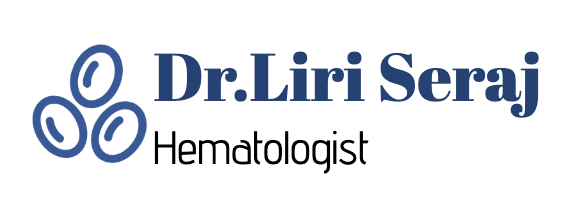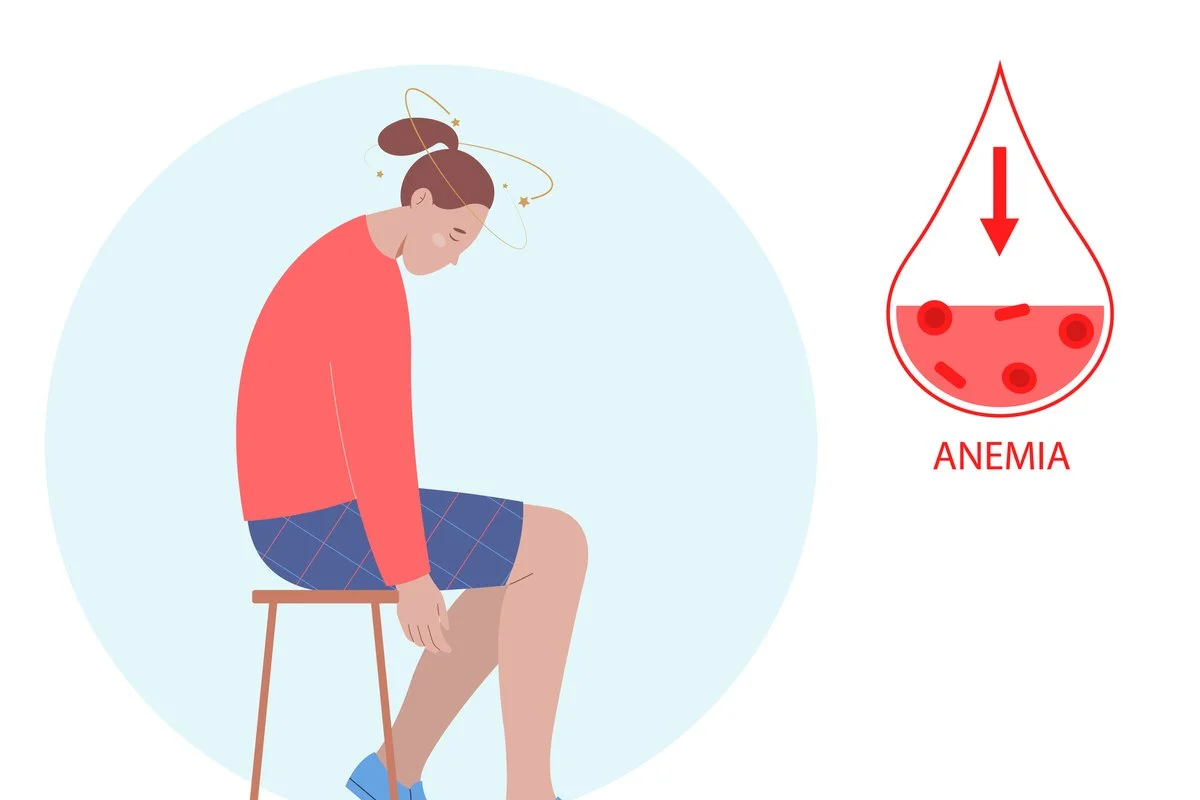Navigating Iron Challenges: Key Facts About Absorption, Loss, and Regulation
Many individuals encounter challenges related to iron levels in their bodies. Common concerns include: “I felt fine until a few months ago. Nothing has changed, so why are my iron levels low now?” “My iron stores were normal before, but pregnancy drained my energy, and now my levels are depleted.” …


